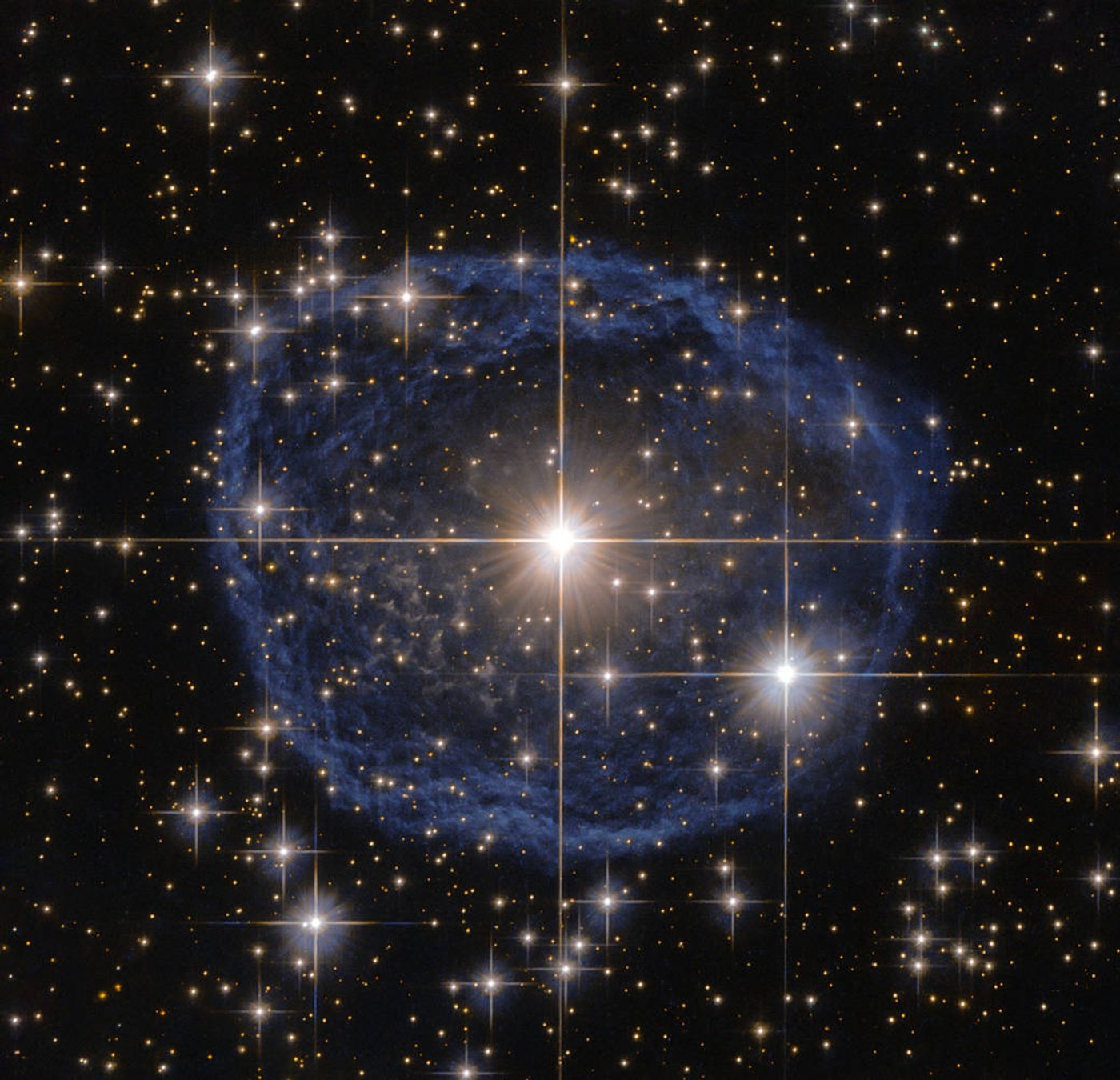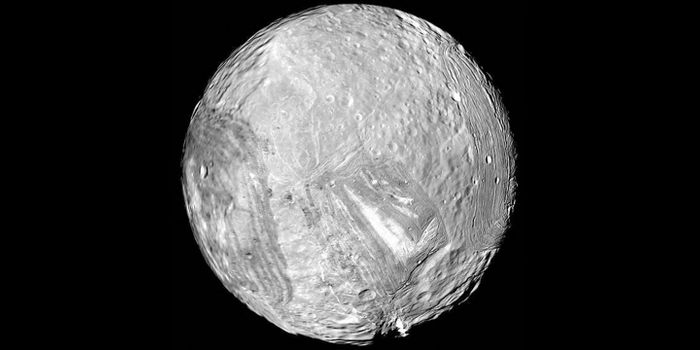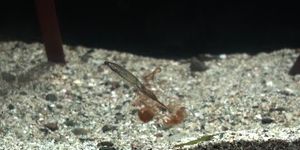NASA Shares Blue Space Bubble Taken With Hubble Space Telescope
NASA’s Hubble Space Telescope, which was originally launched to perform the duties it does today in 1990, is still alive and well and is continuing to snap interesting photos of the cosmos.
Although it’s set to be replaced soon by the James Webb Space Telescope, NASA is still using the Hubble Space Telescope to observe what’s out there, and among one of the most recent high-detail photographs NASA has shared is the one below.

What exactly are you looking at? It appears to be a big blue cloudy bubble. NASA says that it’s a cloud of dust, hydrogen, helium, and other gasses that are the result of a Wolf–Rayet star known as WR 31a. It’s located about 30,000 light-years away from the Earth inside of the constellation of Carina.
These elements create what’s known as a Wolf-Rayet star nebula, which can be observed with space telescopes. These objects are not visible from the Earth because our atmosphere filters out a ton of light.
Although Wolf-Rayet stars are huge with up to 20 times the mass of our Sun, a Wolf-Rayet star only has a life span of a few hundred thousand years, which compared to other stars, is not really a long period of time. Our Sun is 4.5 billion years old for comparison.
NASA believes that WR 31a is approximately 20,000 years old, and the cloudy bubble is estimated to be expanding at about 220,000 kilometers per hour.
WR 31a is a dying star, and it’s expected to end in a fabulously bright supernova when the time eventually comes, but that won’t be in any of our lifetimes. The matter expelled from the great explosion will one day form new stars and new planets, essentially recycling all of the matter that once was WR 31a.
Source: NASA








